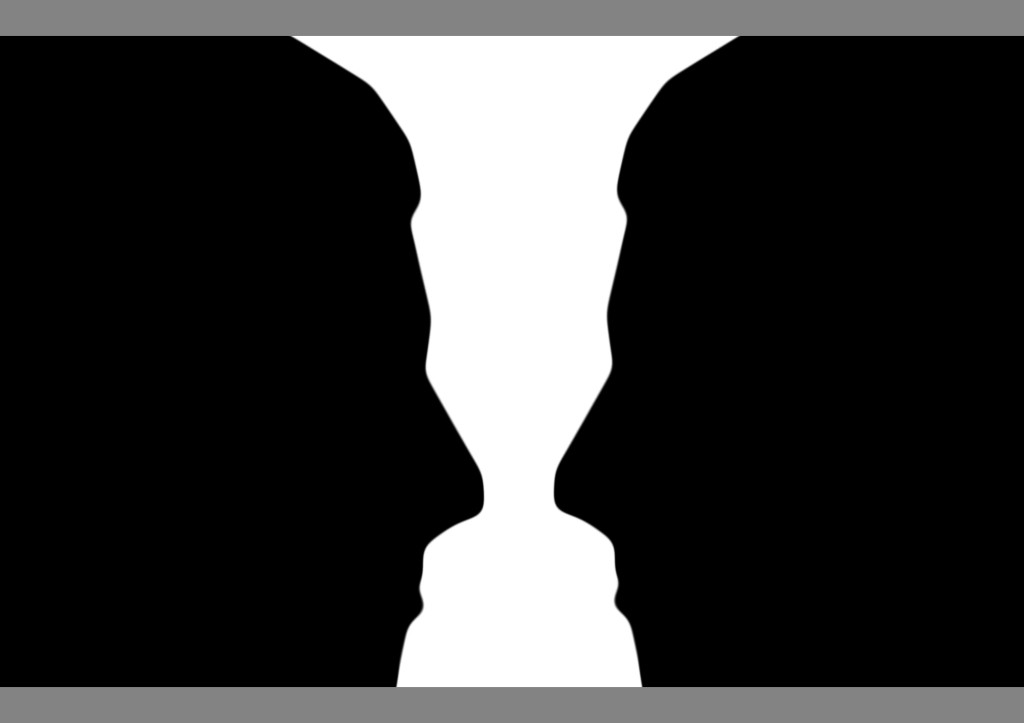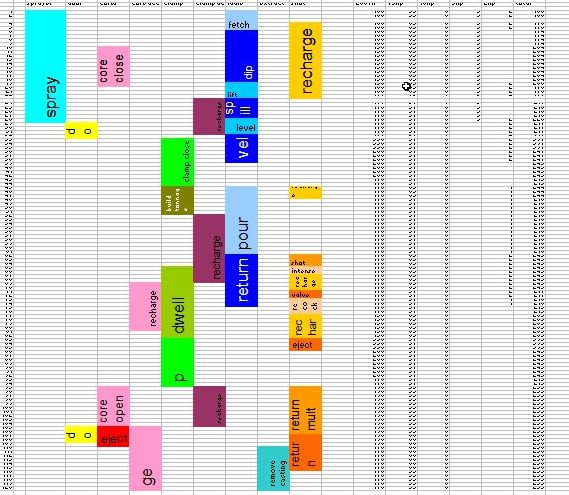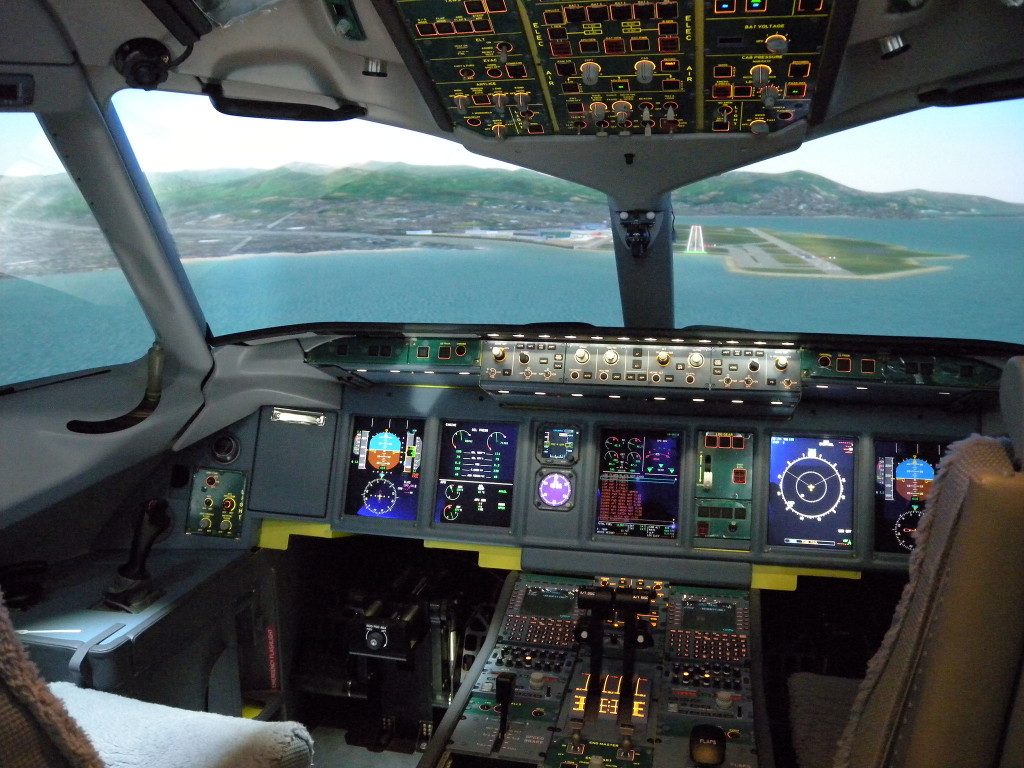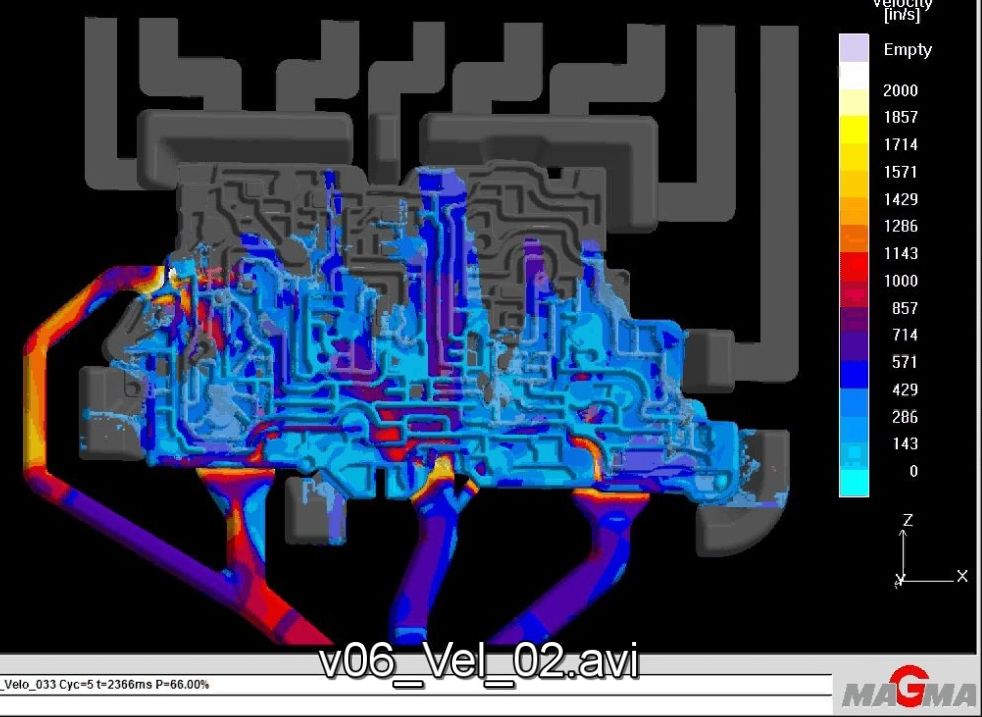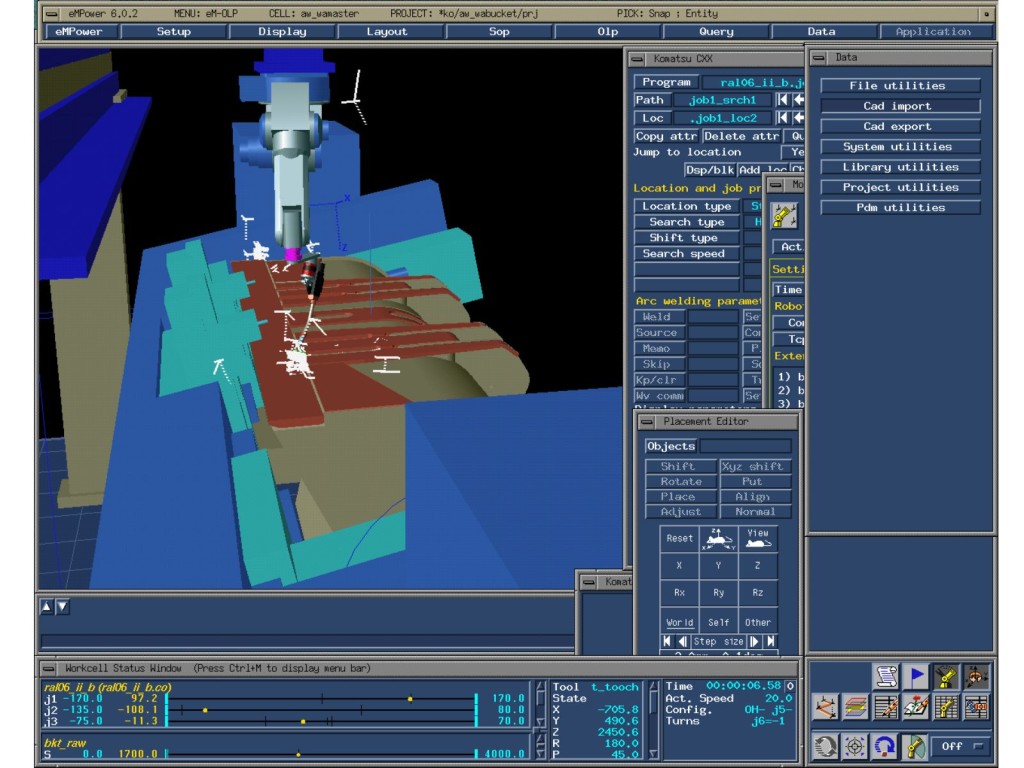As we focus in on our immediate objectives, the lesson we learn from classic illusions is that occasionally we need to step back and see the bigger picture. The most famous example of a figure–ground illusion is probably the faces–vase drawing that Danish psychologist Edgar Rubin described. Your mind can’t decide whether to focus on the white vase or the black faces.
Shigeo Shingo invented the concept of SMED (Single Minute Exchange of Die) He correctly asserted that if a die change occurred fast enough, the manufacturing planners would not be tempted to build extra production to put into inventory to save die changes. People who only saw the black faces simply tried to increase the die change speed. Shingo correctly guided his followers to focus on the white vase. In most cases much of the die change can be done while the equipment is in production.
Demand charges for electricity work the same way. The size of the wires in the power grid and within the plant are related to the peak draw on the system. Significant savings occurs when the high power draw actions do not occur simultaneously. This is especially true in situations where the usage is approaching the maximum that the existing infrastructure can deliver. I happen to like coloring Excel spread sheets so that a quick glance confirms that all high power users are not active at the same time. Attention to detail made it possible to divert 100 of 450 amps to added hot oil heating units.
The same focus on only the black faces applies to my mileage trakker business. In start up mode our effort was aimed at tabulating the trips in IRS format so that our trakkers could qualify for the deduction which puts about $2000 in their pockets. It took a request by one of our users to help us see the white in addition to the black. Some business owners need to tabulate how long they are at the customer on a service call. Surprise – Surprise! This matches how long their car is in the customer parking lot. We are now beta testing a feature that logs the time at the customer.
Inversion
Reply

